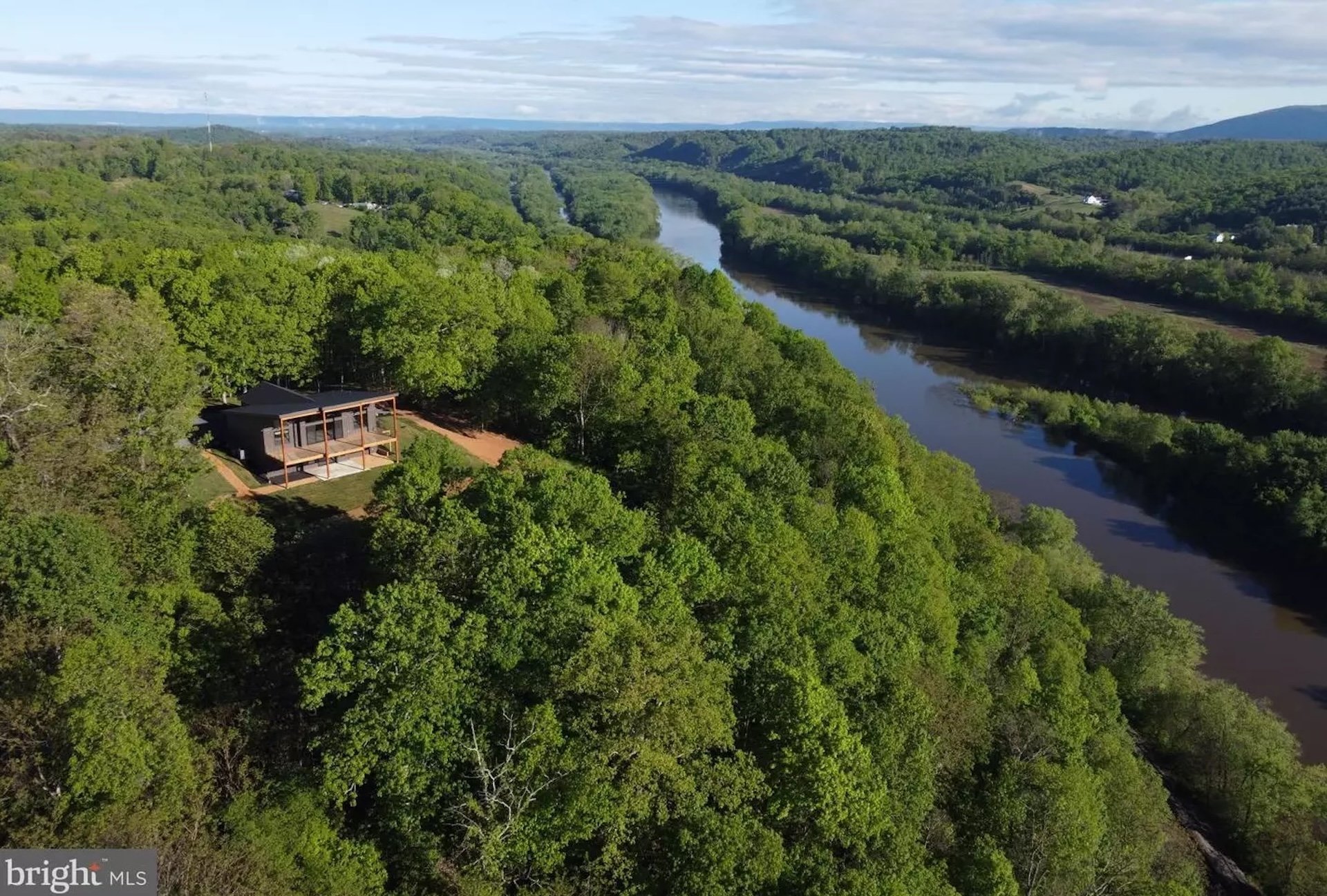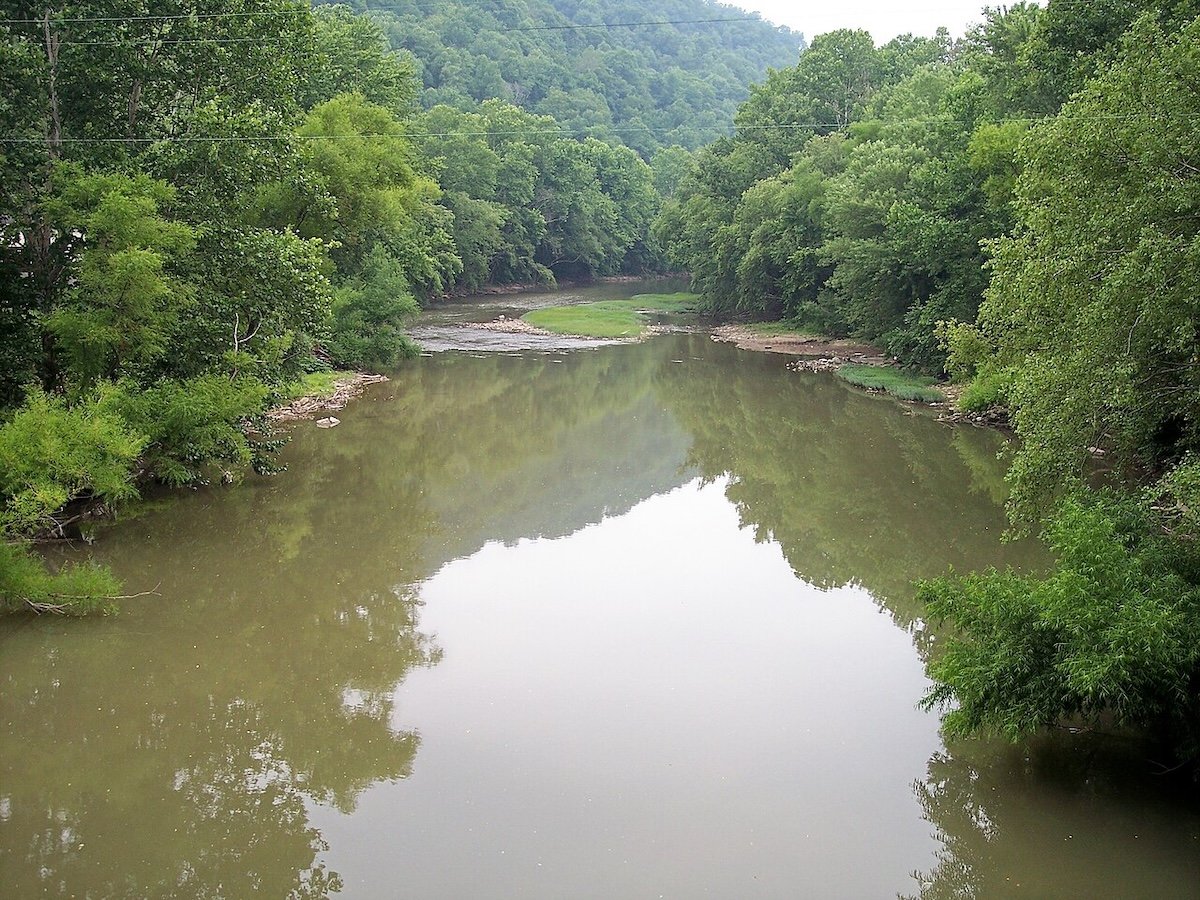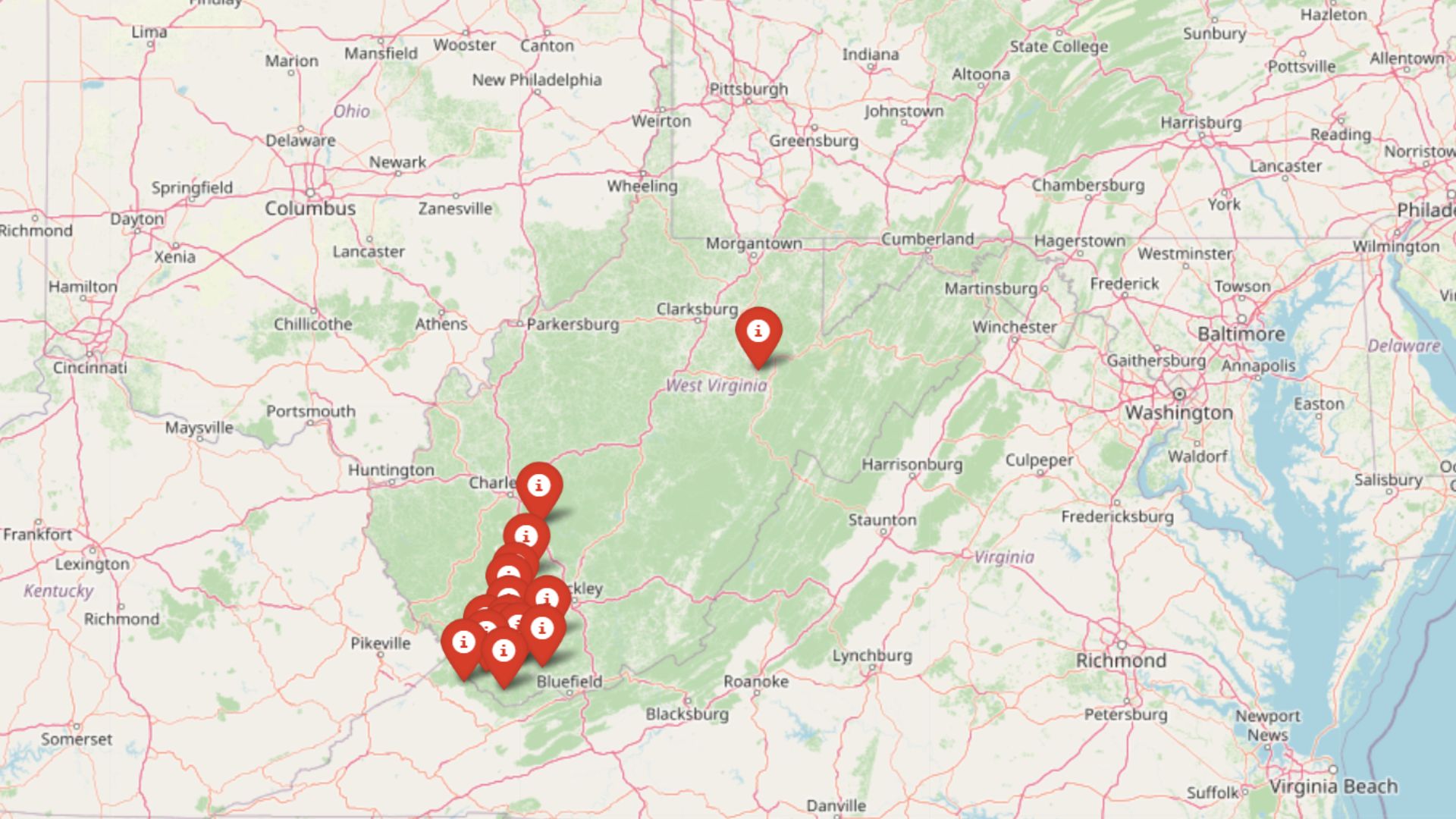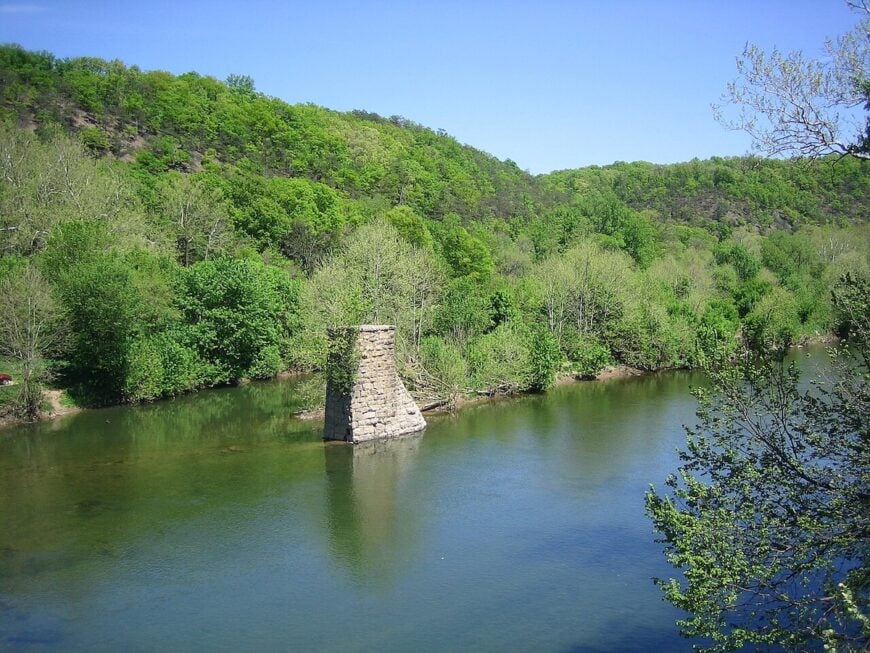
Tucked into the folds of Northeast West Virginia, a quieter map emerges—one of backroads, split-rail fences, and towns where the day’s loudest sound might be a creek over stone. This isn’t the Panhandle of commuters and cul-de-sacs. It’s a patchwork of ridges and river bends that still set the pace.
Here, the landscape edits your itinerary. Rolling hills slow the wheel, dense forests soften the skyline, and the South Branch and Cacapon draw a clean line between noise and hush. You come for the air and leave with an outline of mountains that lingers long after the drive.
These communities aren’t museum pieces; they’re lived-in places with porch lights, church suppers, and calendars that follow the seasons more than the stock ticker. Seclusion isn’t a slogan—it’s the byproduct of geography, history, and a stubborn affection for space.
What follows is a field guide to 25 of these hideaways—hamlets, river towns, and ridge-side settlements with character to spare. Consider it a map for travelers who prefer the long way around, and a reminder that quiet is still on the menu if you know where to look.
25. Ridgeville: Tucked Away Along the Mineral County Hills
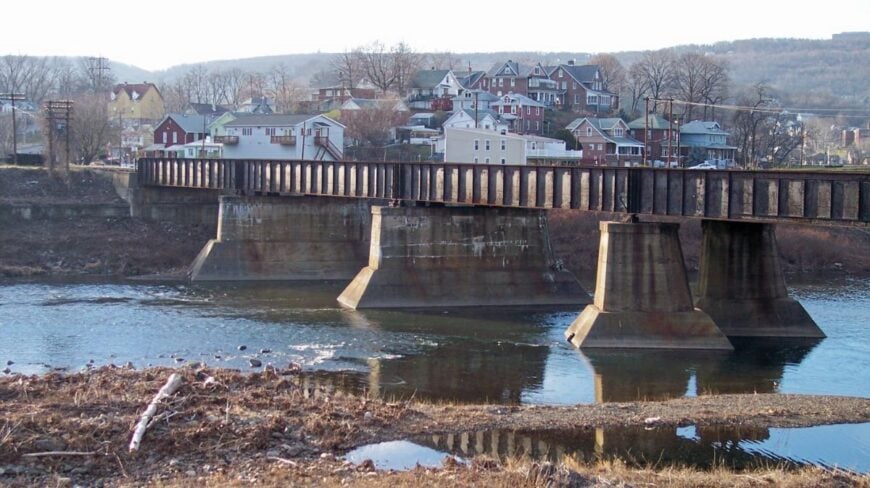
Ridgeville, West Virginia sits tucked into Mineral County, surrounded by forested ridges and winding country roads that keep it feeling far from the wider world. Its seclusion comes from the Appalachian landscape itself—hills and valleys fold around the town, creating a quiet pocket of life.
The community is small and steady, with old churches, farms, and homes scattered across the rolling land. Visitors can take to the backroads for scenic drives, hike through nearby woodlands, or spend a slow afternoon fishing in mountain streams.
Local gatherings and traditions keep neighbors connected, even as the land feels vast and untamed around them. Ridgeville leaves you with the sense of a mountain town where stillness and scenery shape the way of living.
Where is Ridgeville?
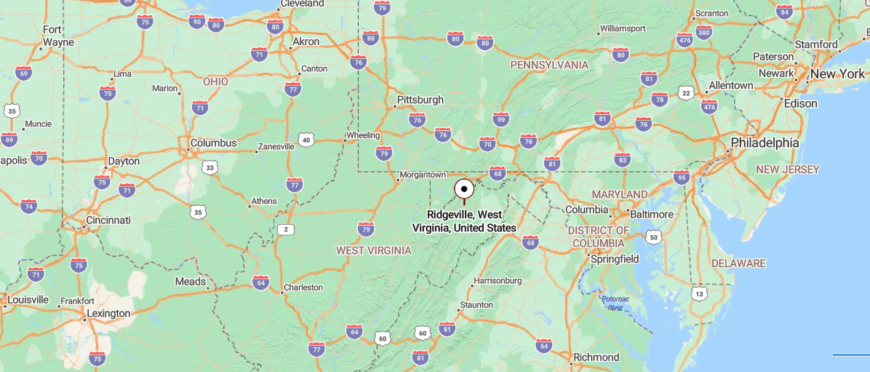
Ridgeville rests in Mineral County of eastern West Virginia, about 15 miles west of Keyser and 90 miles east of Morgantown. The drive in follows US Highway 50, which winds through mountain ridges, valleys, and stretches of dense forest before narrowing into quiet backroads.
The town is tucked among rolling hills, where farms and woodland shape the edges of daily life. That landscape gives Ridgeville a sense of hidden calm, as though it sits quietly folded into the mountains.
24. Shanks: A Hamlet Along the South Branch
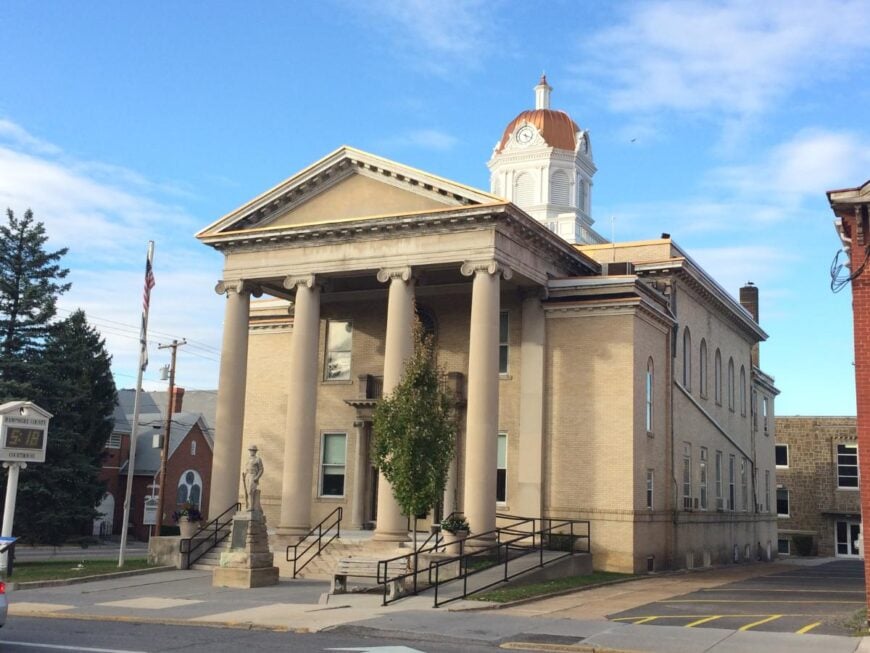
Shanks, West Virginia rests in Hampshire County, tucked along U.S. Route 50 yet surrounded by wooded hills that give it a sheltered feel. Its seclusion comes from the Appalachian landscape, where ridges and hollows create a natural barrier that keeps the pace of life slow.
The town’s character is rooted in its rural charm—small churches, scattered homes, and a close-knit community that values tradition. Visitors can explore nearby trails, enjoy fishing in quiet streams, or drive through mountain backroads that open to sweeping views.
History lingers in the region’s old homesteads and cemeteries, reminders of generations who lived close to the land. Shanks leaves you with the impression of a hillside town where the mountains themselves seem to hold time still.
Where is Shanks?

Shanks sits in Hampshire County of eastern West Virginia, about 8 miles west of Romney along US Highway 50. The road there bends through forested ridges and open valleys, giving the approach a winding, unhurried feel.
The town is small and scattered, surrounded by farmland and wooded hillsides. That mix of open land and sheltering ridges lends Shanks a quiet seclusion, as if it rests gently between the folds of the mountains.
23. Levels: A Quiet Stretch of Countryside
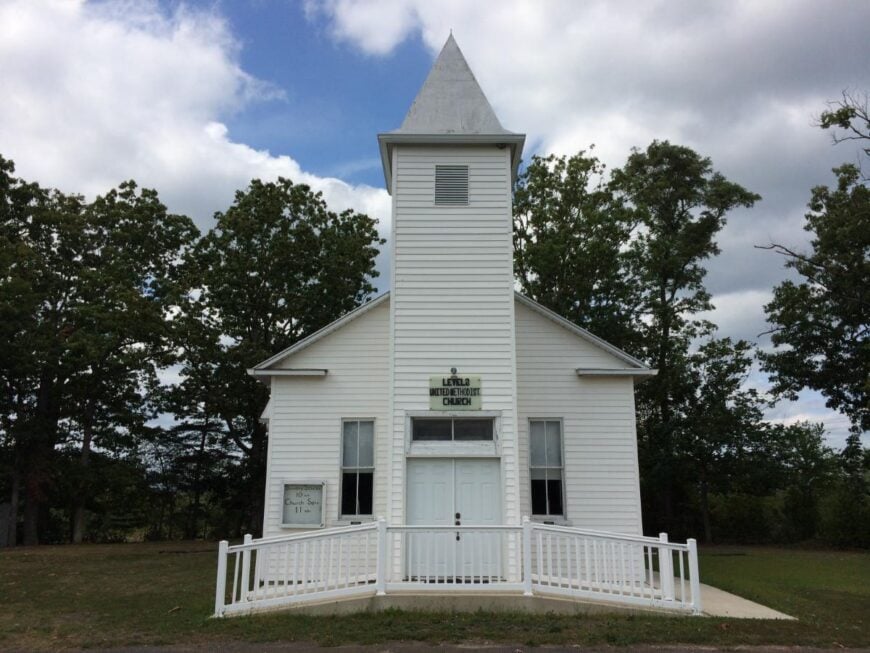
Levels, West Virginia sits in Hampshire County, surrounded by rolling hills and farmland that give it the feeling of being tucked away from the wider world. Its seclusion comes from miles of country roads that wind through valleys and ridges before reaching the quiet community.
The town is small and close-knit, with churches and gathering spots serving as anchors of daily life. Visitors can enjoy peaceful drives through the countryside, stop for fishing in nearby streams, or explore the wooded trails that cut across the hills.
Local traditions and events tie neighbors together, keeping the community spirit strong. Levels leaves you with the sense of a rural town where stillness and open land shape the rhythm of each day.
Where is Levels?
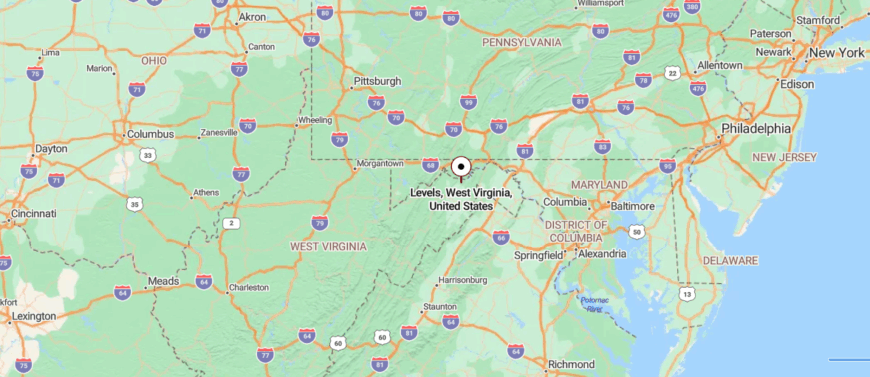
Levels is found in Hampshire County of eastern West Virginia, about 15 miles north of Romney and 35 miles southwest of Cumberland, Maryland. Travelers reach it by county roads that branch off US Highway 50, winding past farmland, pastures, and wooded ridges.
The community is spread across open countryside, with long stretches of fields bordered by forested hills. That wide, rural landscape gives Levels a sense of calm distance, as though the world slows once you arrive.
22. Old Fields: Seclusion in the South Branch Valley

Old Fields, West Virginia rests along the South Branch of the Potomac River, where fertile bottomlands and surrounding mountains create a sense of natural seclusion. Its quiet charm comes from being far from bustling cities, with winding country roads leading into valleys rich with history.
The community traces its roots back to colonial times, and old farmsteads and historic landmarks still stand as reminders of that heritage. Visitors can spend time fishing or kayaking on the river, hiking into the ridges for sweeping views, or exploring Civil War sites that dot the area.
Life here follows the rhythms of land and water, steady and enduring. Old Fields lingers in memory as a place where history and landscape meet in calm harmony.
Where is Old Fields?
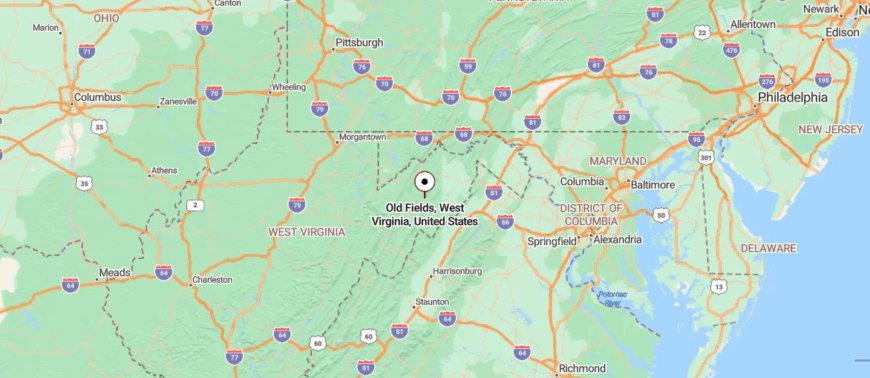
Old Fields lies in Hardy County of eastern West Virginia, about 7 miles north of Moorefield and 20 miles south of Romney. It’s reached by US Highway 220, a road that follows the South Branch of the Potomac River through farmland and low mountains.
The community itself is spread along the river valley, where fields and wooded ridges press close on either side. That riverside setting gives Old Fields a quiet seclusion, as if it’s tucked neatly between water and hills.
21. Romney: Echoes of the Past
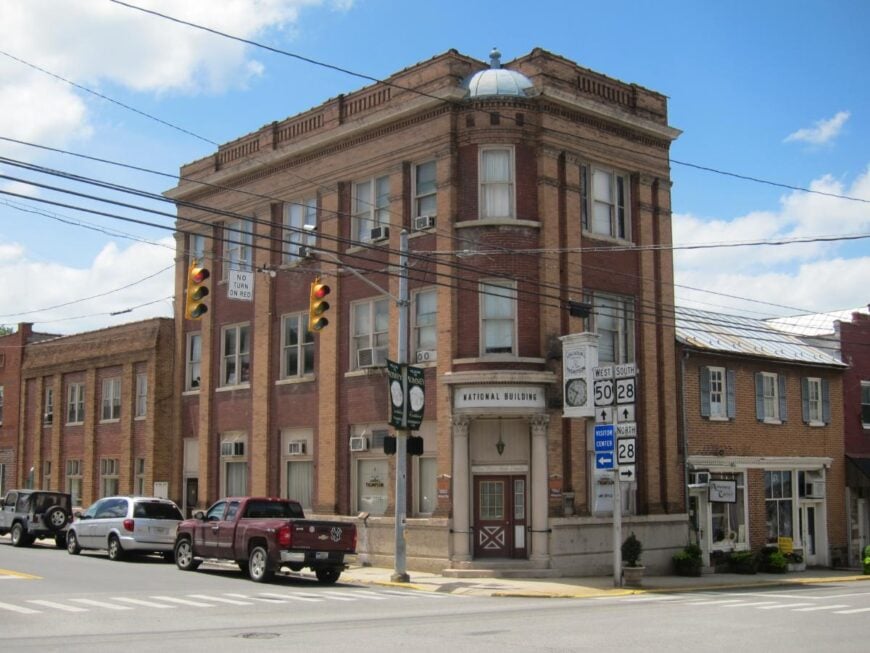
Romney, West Virginia, the oldest town in the state, sits in Hampshire County surrounded by the ridges and valleys of the Appalachians. Its seclusion comes not from distance alone but from the mountains that frame it, giving the town a sheltered, almost timeless quality.
History runs deep here—brick buildings, colonial homes, and Civil War landmarks line the streets, carrying stories from centuries past. Visitors can ride the Potomac Eagle Scenic Railroad, paddle the South Branch of the Potomac, or wander through historic cemeteries and courthouses.
Seasonal festivals and community events bring the town to life, blending tradition with small-town warmth. Romney leaves the impression of a mountain town where history, nature, and stillness are woven into everyday life.
Where is Romney?
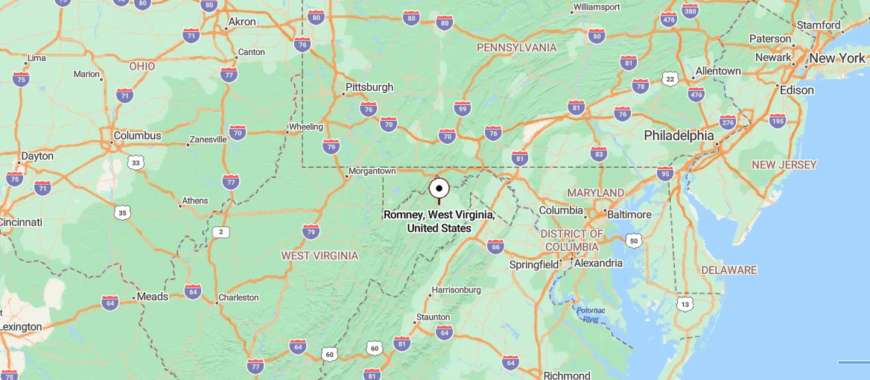
Romney sits in Hampshire County of eastern West Virginia, about 35 miles west of Winchester, Virginia, along US Highway 50. The road into town climbs and bends through forested ridges before descending into the South Branch Valley.
Romney is one of the oldest towns in the state, with streets framed by historic buildings and the surrounding Appalachian foothills. That blend of history and mountain landscape gives it a sense of being both rooted and quietly apart from the faster world beyond the ridges.
20. Sector: A Hidden Community in Hardy County
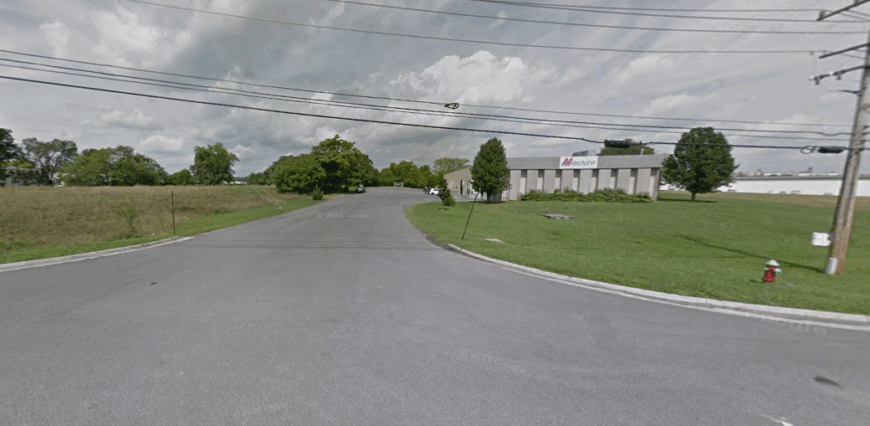
Sector, West Virginia rests in Hardy County, tucked into a bend of the South Branch of the Potomac River where farmland meets wooded hills. Its seclusion comes from narrow backroads that follow the curves of the valley, leaving it far from the pace of busier towns.
The community is small and scattered, with quiet homesteads, country churches, and a rhythm shaped by the land itself. Visitors can fish or kayak along the river, hike into the surrounding hills, or simply take in the wide views of fields framed by forest.
Life here is measured in simple gatherings and the turning of the seasons, where neighbors know one another well. Sector lingers as a place where river and ridge come together to create a quiet pocket of mountain calm.
Where is Sector?

Sector rests in Hardy County of eastern West Virginia, about 15 miles southeast of Moorefield and 40 miles south of Romney. It’s reached by narrow county roads branching off WV Route 55, winding through farmland, hollows, and low ridges.
The community is small and scattered, tucked into a quiet valley along the South Fork of the South Branch River. That sheltered setting gives Sector a deep sense of seclusion, as though it lingers hidden between the folds of hills and water.
19. Rada: Life Along the Riverbanks
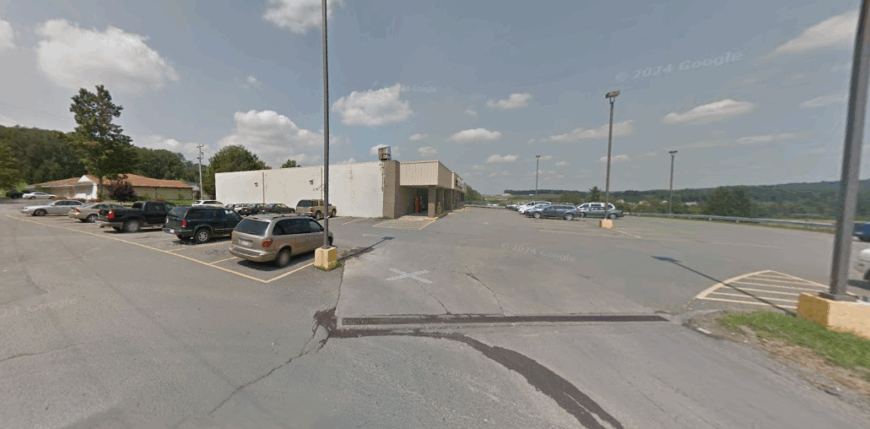
Rada, West Virginia rests in Hardy County, a tiny community set against the backdrop of forested hills and winding country roads. Its seclusion comes from its size and remoteness, with only scattered homes and farms marking the landscape between stretches of woodland.
Life here carries a quiet, rural rhythm, shaped by close neighbors and the steady pace of the mountains. Visitors passing through may find beauty in the rolling hills, clear streams, and open skies that define the area.
The land itself is the main attraction, offering calm drives and quiet walks that speak to its natural charm. Rada feels like a hidden corner of Appalachia, where stillness is as much a part of life as the scenery.
Where is Rada?
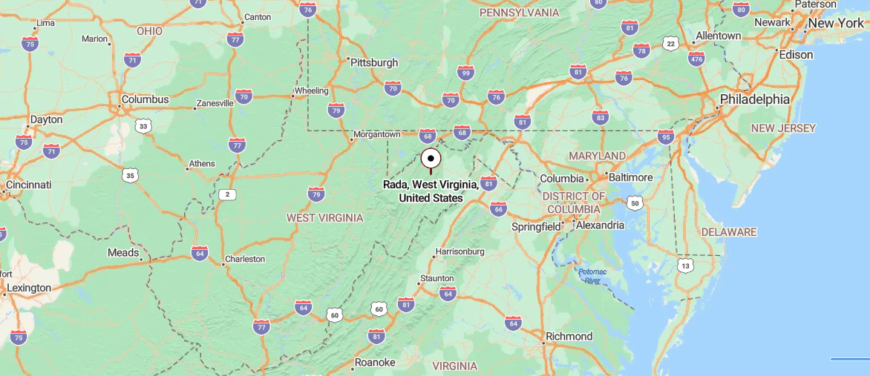
Rada is a small community in Hardy County of eastern West Virginia, about 10 miles south of Moorefield. The approach comes along WV Route 55, then onto quieter county roads that wind past farms and wooded hollows.
The settlement is modest, surrounded by ridges and open stretches of valley. That landscape leaves Rada feeling tucked away, a place where the mountains quietly hold it apart from the rest of the state.
18. Kirby: A Valley Town with Endless Views
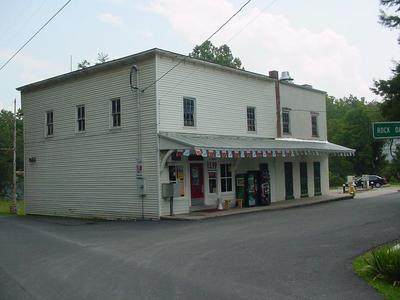
Kirby, West Virginia rests in Hampshire County, tucked among rolling hills and winding backroads that make it feel far removed from the rush of larger towns. Its seclusion comes from the Appalachian landscape itself, where ridges and forests surround the community in quiet.
The town is small and close-knit, with churches and country homes at the heart of its daily rhythm. Visitors can enjoy peaceful drives through the valleys, spend time fishing in nearby creeks, or explore the wooded hillsides that frame the area.
Life here unfolds slowly, marked by simple gatherings and the steady passage of the seasons. Kirby leaves the impression of a hillside town where the land shapes the calm of everyday living.
Where is Kirby?
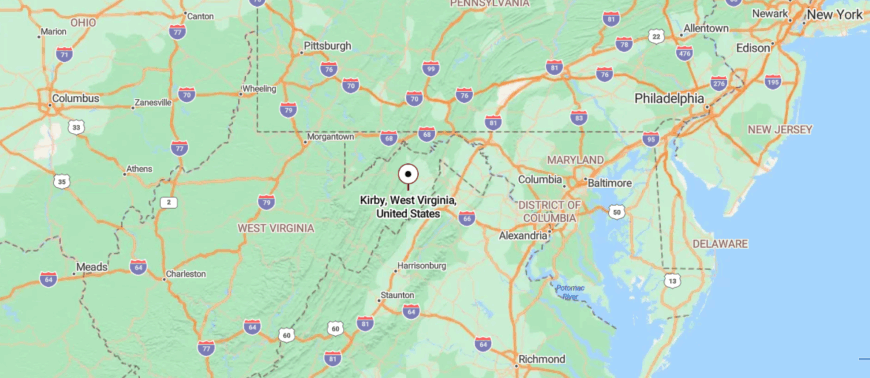
Kirby sits in Hampshire County of eastern West Virginia, about 13 miles south of Romney and roughly 40 miles west of Winchester, Virginia. It’s reached via local county roads (e.g., Grassy Lick Rd / County Route 10) that branch off the US-50 and WV-29 corridors, winding through farmland and low ridges.
The setting is lightly settled and rural, which helps keep Kirby quietly tucked between the folds of the countryside.
17. Purgitsville: A Settlement Surrounded by Forest
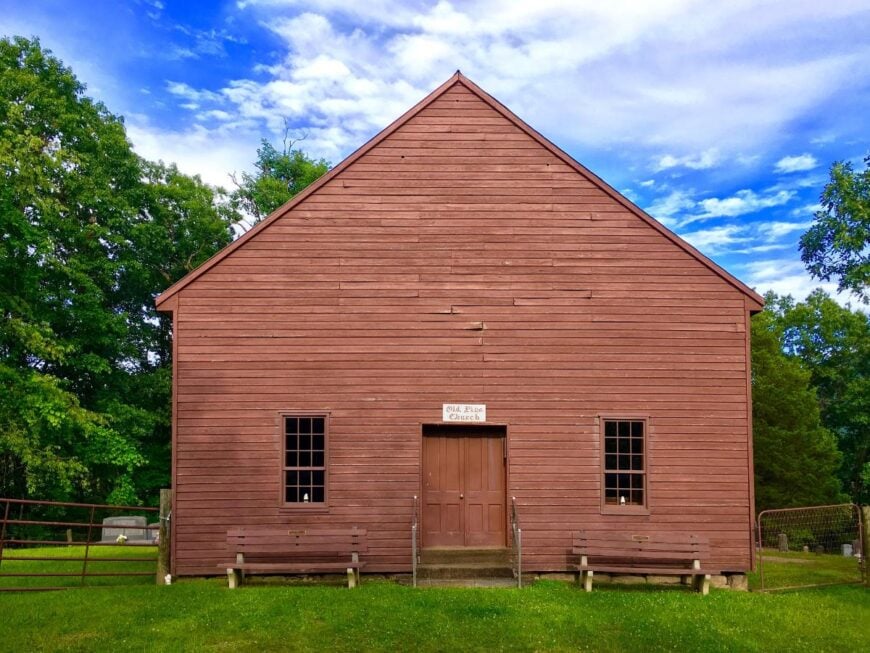
Purgitsville, West Virginia rests in Hardy County, set along the ridges of the Appalachian Mountains where valleys and winding roads create a quiet sense of separation. Its seclusion comes from the way forested hills rise on all sides, leaving the community sheltered and apart from busier places.
The town is small and spread out, with farms, homes, and churches stitched into the landscape. Visitors can take scenic drives through the mountains, stop for hiking or wildlife watching, or simply enjoy the sweeping views that open at every bend in the road.
Life here is marked by simplicity and connection to the land, with neighbors bound together by long traditions. Purgitsville carries the feeling of a mountain hollow where time slows and the stillness lingers.
Where is Purgitsville?
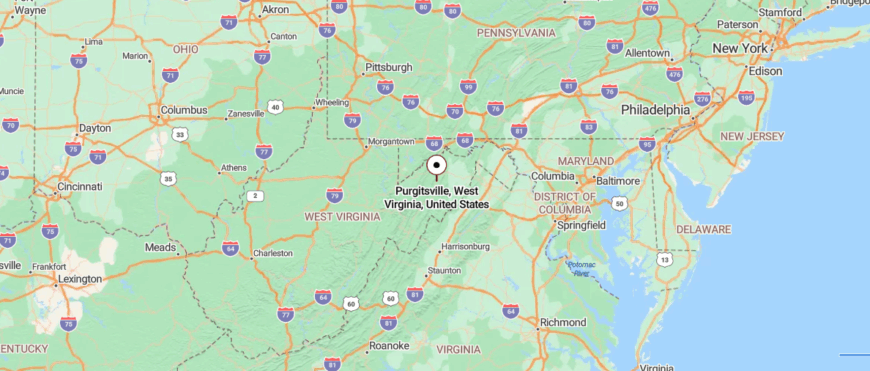
Purgitsville lies in Hardy County of eastern West Virginia, about 10 miles south of Romney along US Highway 220. The road follows valleys and ridges, carrying travelers past farms, wooded slopes, and open fields before narrowing into the community.
The town sits where the South Branch Valley begins to rise toward the Allegheny highlands. That setting gives Purgitsville a quiet, tucked-away feel, as though the mountains themselves keep it sheltered from the wider world.
16. Lehew: Along the Backroads of Hampshire County
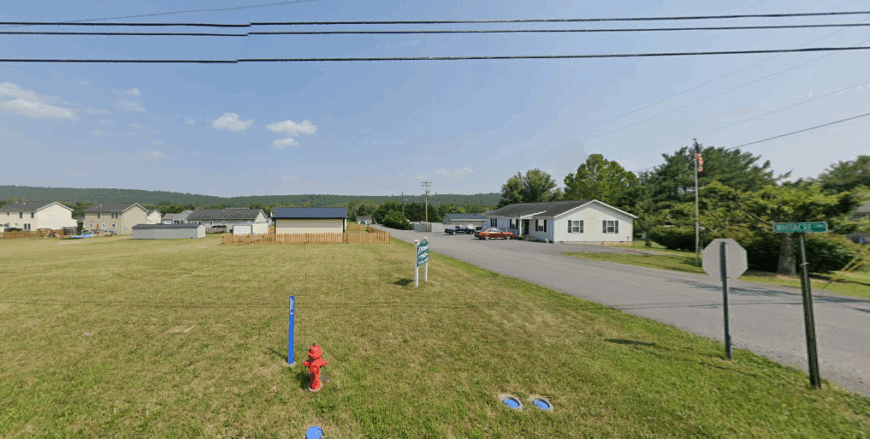
Lehew, West Virginia rests near the Virginia line in Hampshire County, surrounded by wooded ridges and backroads that wind through quiet valleys. Its seclusion comes from geography, with the Appalachian hills creating a natural boundary that keeps the community hidden from faster routes.
The town is small and scattered, marked by country homes, old churches, and the calm of open land. Visitors can enjoy drives along the mountain roads, hike into the forests, or stop at nearby streams for fishing and reflection.
The area’s history lingers in family farms and homesteads that have stood for generations. Lehew leaves the impression of a mountain town where the hills themselves seem to cradle everyday life in stillness.
Where is Lehew?
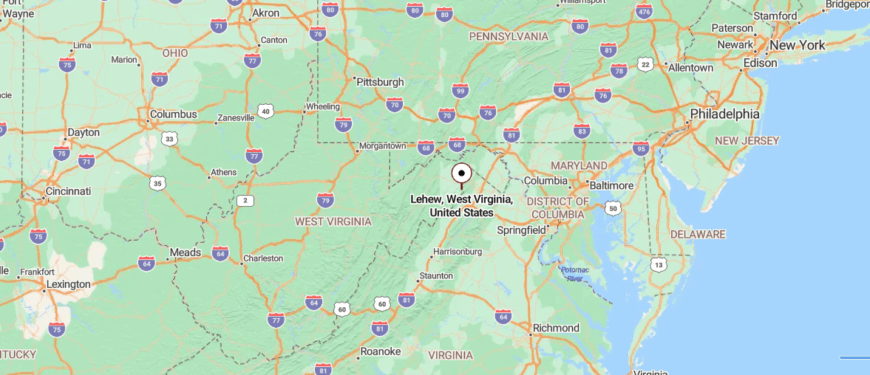
Lehew rests in Hampshire County of eastern West Virginia, near the Virginia border and about 20 miles southeast of Romney. It’s reached by WV Route 259, a winding mountain road that dips through valleys and climbs over forested ridges.
The community is small and spread out, surrounded by farms, woodland, and the foothills of the Appalachians. That borderland setting gives Lehew a quiet sense of being held between ridges, apart from the rush of nearby towns.
15. Rock Oak: Quiet Life Near the Lost River

Rock Oak, West Virginia rests in Hardy County, a small community surrounded by forested ridges and winding hollows that keep it quietly tucked away. Its seclusion comes from the backroads that weave through the mountains, making the journey in as slow and steady as the pace of life itself.
The town is scattered and simple, with churches, homes, and fields blending into the natural landscape. Visitors find peace in the wooded trails, the streams that cut through the valleys, and the wide views from ridge tops.
Local traditions and neighborly ties hold the community together, even as the land feels vast and untamed around it. Rock Oak lingers as a place where mountains and stillness shape the rhythm of living.
Where is Rock Oak?
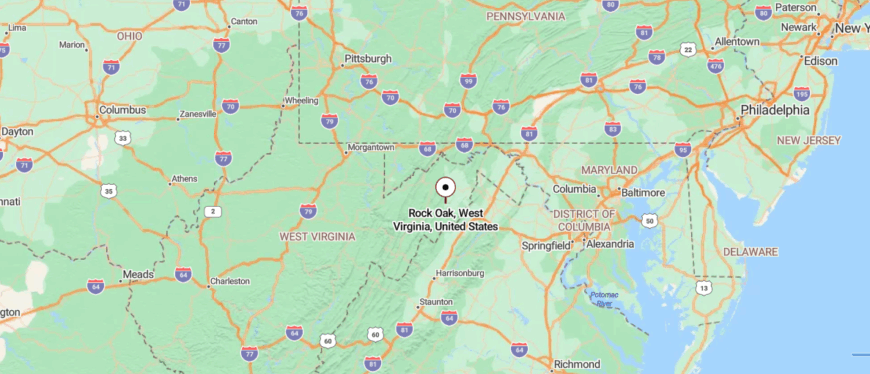
Rock Oak sits in Hardy County of eastern West Virginia, about 12 miles southeast of Moorefield and 40 miles from the Virginia line. The way in follows WV Route 55 before turning onto narrow backroads that weave through hollows, farmland, and wooded slopes.
The community is modest, scattered among valleys where ridges rise close on either side. That tucked-in setting gives Rock Oak a deep sense of quiet, as if it’s cradled by the mountains themselves.
14. Hanging Rock: Seclusion Beside a Landmark
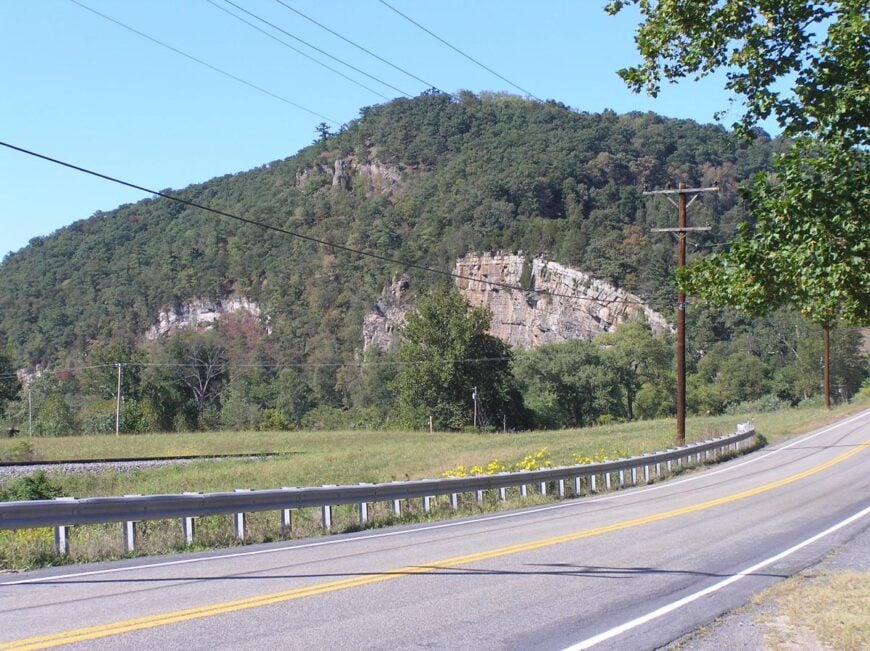
Hanging Rock, West Virginia sits along the South Branch of the Potomac River, framed by steep cliffs and forested ridges that give it both beauty and a sense of seclusion. Its isolation comes from the geography itself—rock formations and winding backroads make it feel hidden within the Appalachian hills.
The community is small and quiet, with scattered homes and churches that reflect a life tied closely to the land. Visitors can fish or kayak on the river, hike nearby trails, or pause at overlooks where the cliffs rise dramatically above the valley.
History lingers in the region through old homesteads and stories of early settlers who carved out a life in rugged country. Hanging Rock leaves the impression of a place where land and river create a calm that feels worlds away.
Where is Hanging Rock?
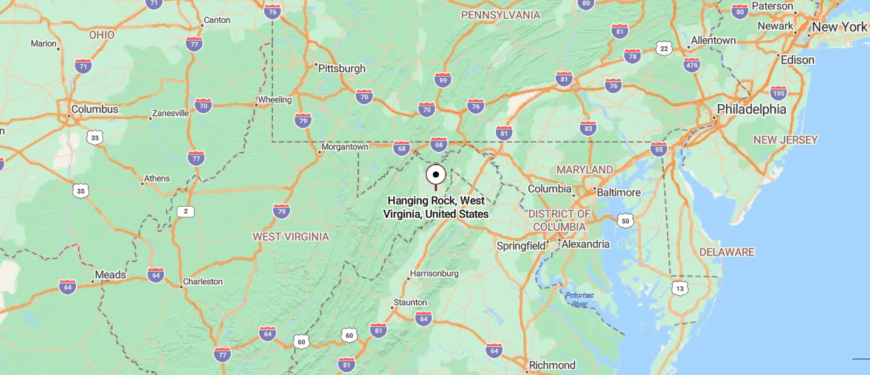
Hanging Rock is located in Hampshire County of eastern West Virginia, about 6 miles west of Romney along US Highway 50. The approach winds through forested ridges and valleys before the road opens near the South Branch of the Potomac River.
The community is small and rural, its homes set against the backdrop of wooded hills and rocky outcrops. That landscape gives Hanging Rock a secluded feel, as though it lingers quietly at the edge of the mountains.
13. Mooresville: Hidden Between the Ridges
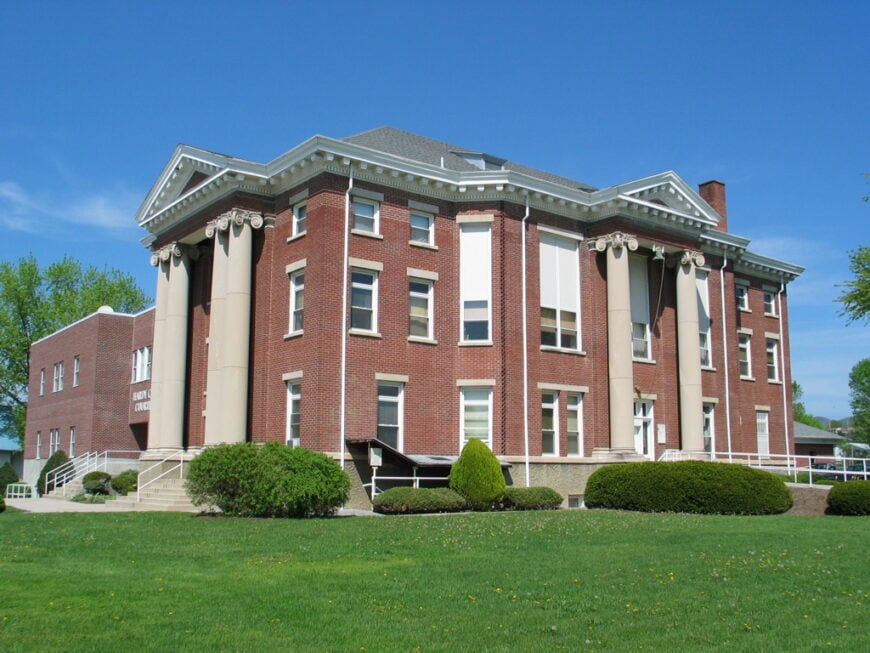
Mooresville, West Virginia rests in Monongalia County, a small rural community tucked among rolling hills and winding country roads. Its seclusion comes from being far off main highways, where the journey in feels slower and more peaceful with every turn.
The town itself is quiet and close-knit, with country homes, farms, and churches marking the heart of daily life. Visitors may enjoy simple pleasures here—drives through the countryside, walks along wooded lanes, or time spent near creeks and fields.
Local gatherings and long-standing traditions help tie neighbors together, keeping the community spirit strong. Mooresville carries the feeling of a place where quiet landscapes and steady routines shape the rhythm of living.
Where is Mooresville?
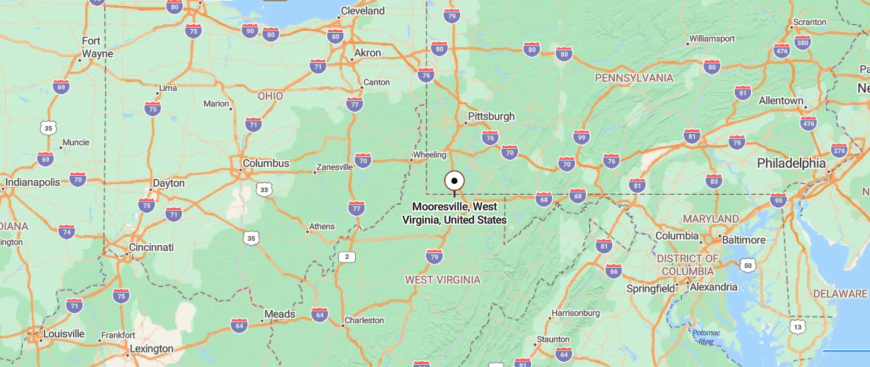
Mooresville lies in Monongalia County of northern West Virginia, about 15 miles southwest of Morgantown. Travelers reach it by winding county roads branching off US Highway 19, passing farmland, rolling hills, and scattered woodlots along the way.
The community is small and spread out, with quiet stretches of countryside defining its edges. That rural setting gives Mooresville a gentle seclusion, as if it sits quietly in the folds of the hills beyond the city’s reach.
12. Springfield: Riverside Calm with Historic Roots
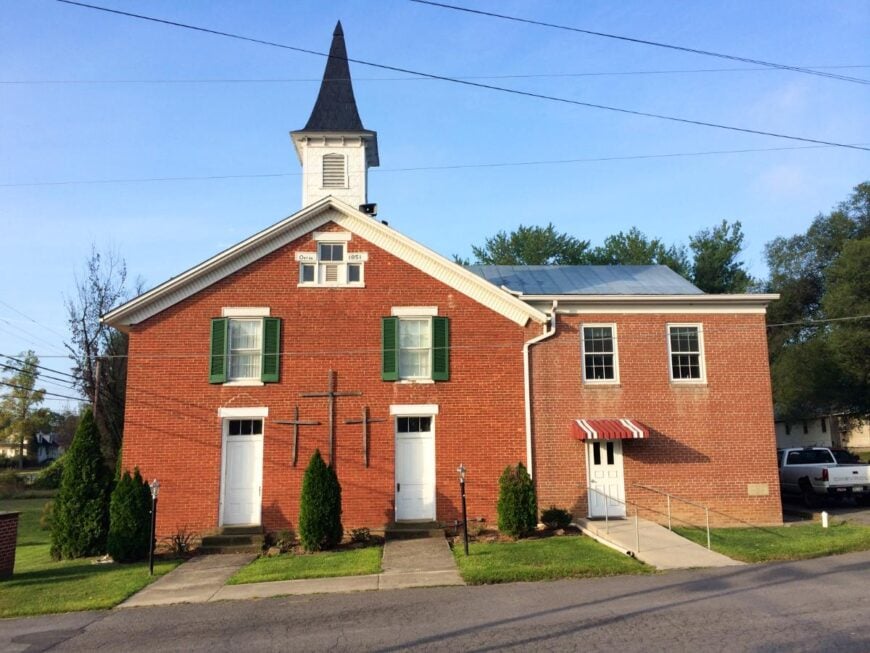
Springfield, West Virginia rests along the South Branch of the Potomac River, surrounded by ridges and valleys that give it a naturally tucked-away feel. Its seclusion comes from winding country roads and the way the Appalachian hills fold around the community, keeping it sheltered from the rush of larger towns.
The village holds deep roots, with historic homes, old churches, and ties to the colonial era still visible in its streets. Visitors can enjoy fishing or kayaking on the river, drive scenic backroads that open to mountain views, or explore nearby Civil War landmarks that echo with history.
Community life is simple and steady, marked by gatherings that bring neighbors together throughout the year. Springfield leaves the impression of a riverside town where history and landscape meet in quiet harmony.
Where is Springfield?
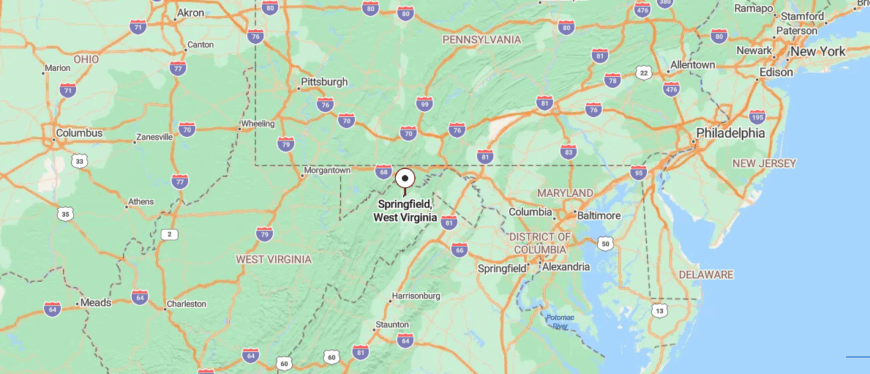
Springfield rests in Hampshire County of eastern West Virginia, about 10 miles northeast of Romney and 25 miles southwest of Cumberland, Maryland. The approach comes by WV Route 28, a two-lane road that follows the curves of the South Branch of the Potomac River.
The community is modest, framed by farmland, wooded ridges, and the nearby river valley. That riverside setting lends Springfield a quiet sense of remove, as if the landscape itself keeps it apart from the busier routes beyond.
11. Green Spring: A Tiny Community by the Tracks
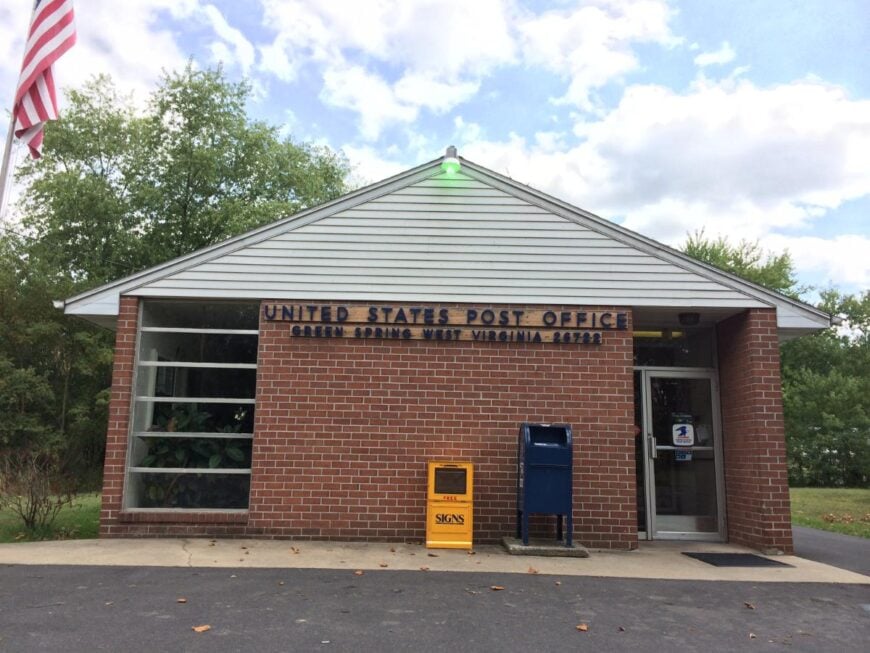
Green Spring, West Virginia sits at the confluence of the North and South Branches of the Potomac River, its setting both scenic and naturally secluded. Its distance from larger towns and reliance on winding country roads give it the feel of a place set apart from the wider world.
The community is small and quiet, with scattered homes, churches, and a history tied closely to the railroad and river. Visitors can fish along the Potomac, watch trains roll past the old rail lines, or take drives through the surrounding valleys where farmland meets wooded hills.
Life here unfolds slowly, marked by simple routines and neighborly connections. Green Spring leaves you with the sense of a riverside town where land, water, and history shape the calm of each day.
Where is Green Spring?
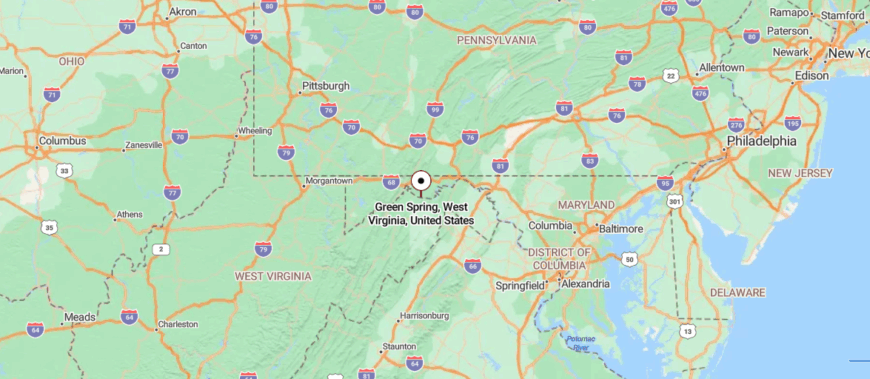
Green Spring is located in Hampshire County of eastern West Virginia, about 20 miles northeast of Romney and just across the Potomac River from Maryland. Travelers reach it by Green Spring Rd / WV Secondary Route 1, a narrow road that winds through farmland and low ridges before bending down to the river.
The town sits along the water, where fields meet forest and the rail line runs quietly by. That riverside edge gives Green Spring a sense of stillness, as if it rests at the boundary of two states yet apart from both.
10. Junction: Where Rolling Hills Meet Open Fields
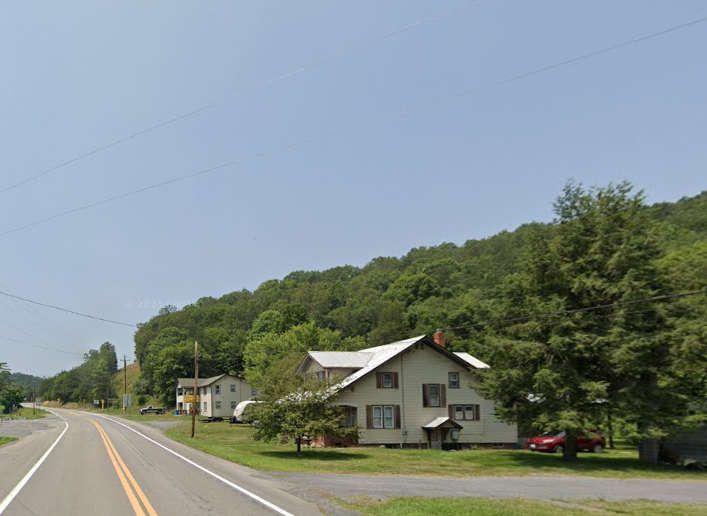
Junction is a quiet hamlet nestled in the heart of Hampshire County, with a population that hovers around a few hundred residents. I love how the town offers a serene atmosphere, perfect for outdoor enthusiasts who enjoy hiking, bird watching, and fishing in the nearby streams.
Agriculture is a significant part of life here, with local farms dotting the landscape and providing fresh produce to the community.
What makes Junction truly secluded is its vast open fields and rolling hills that stretch as far as the eye can see, providing a sense of peace and privacy that’s hard to find elsewhere.
The lack of urban development means you can enjoy unobstructed views of the starry night sky, and the sounds of nature are your constant companions.
Where is Junction?
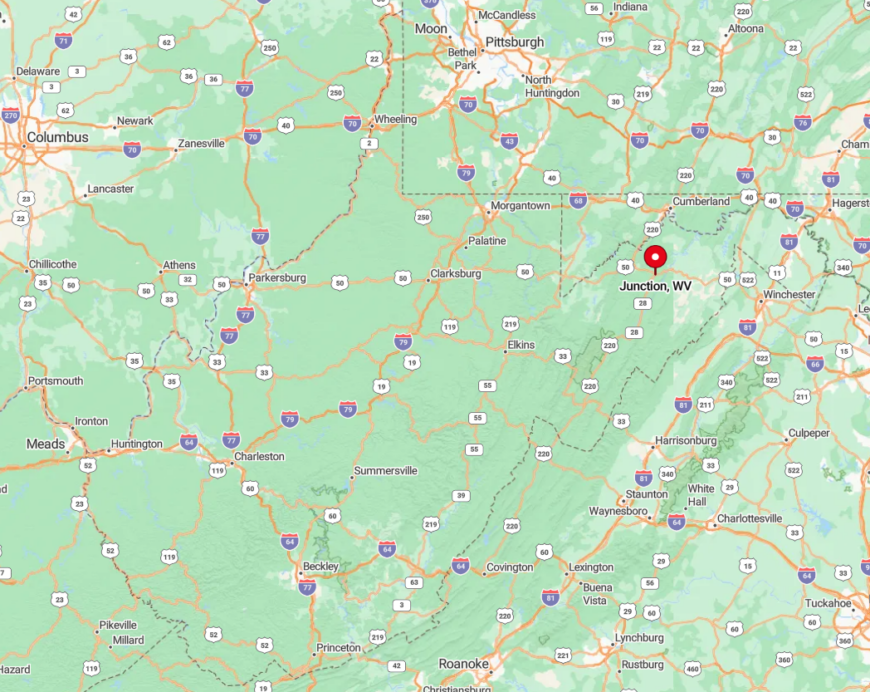
Located at the crossroads of U.S. Route 220 and West Virginia Route 28, Junction sits in the northeastern part of the state. Its seclusion comes from being tucked away from major cities and highways, surrounded by lush forests and farmland.
Getting there involves a scenic drive through winding country roads, where you’ll pass by historic sites and picturesque landscapes. I find that the journey to Junction is part of its charm, offering a peaceful introduction to the tranquility that awaits in this hidden corner of West Virginia.
9. Rio: Unspoiled Beauty in Hampshire County
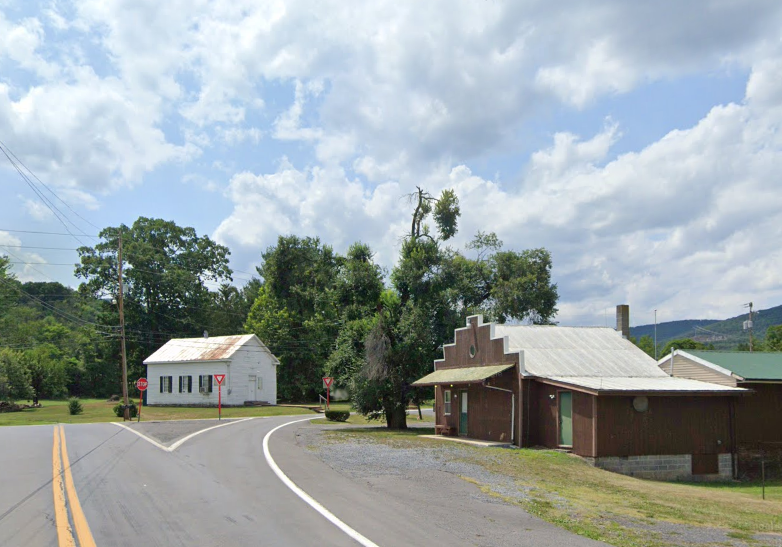
With a small population of just a few hundred people, Rio offers a genuine escape from the bustle of modern life. This unincorporated community is a haven for nature enthusiasts like me, featuring pristine landscapes perfect for hiking, photography, and simply enjoying the outdoors.
There’s a close-knit feel among the residents, many of whom are involved in local agriculture or small businesses. The town’s unspoiled beauty and minimal traffic make it an ideal spot for those seeking peace and quiet.
The seclusion of Rio is enhanced by its undeveloped land, providing ample space and privacy for anyone looking to disconnect.
Where is Rio?
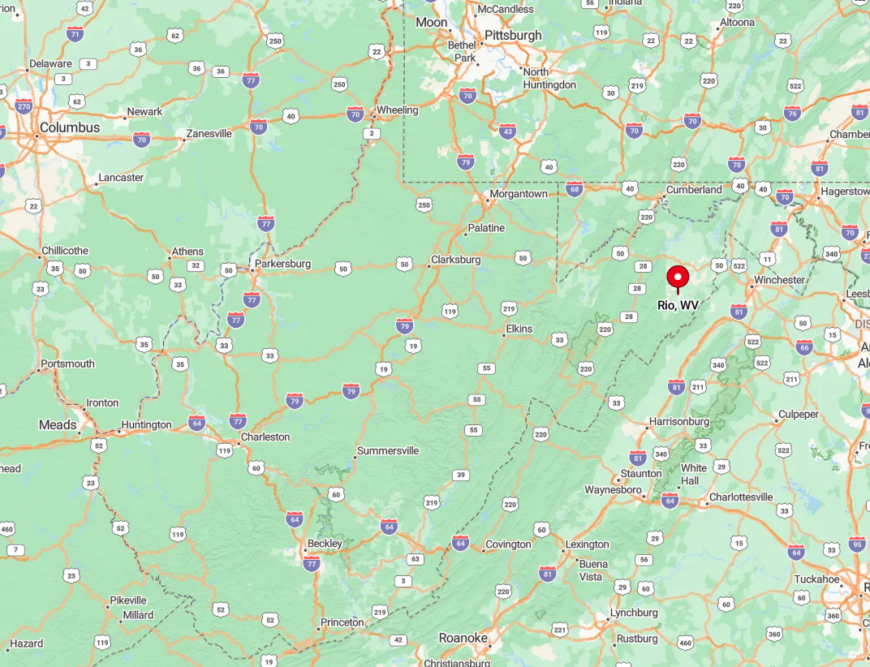
Nestled along West Virginia Route 29, Rio is situated in the eastern panhandle of the state, not far from the Virginia border. Its secluded nature is due in part to the surrounding mountain ranges and forests that isolate it from larger towns and cities.
Reaching Rio involves traveling through scenic routes that meander through valleys and along ridge lines. I often find that the journey itself is a serene experience, setting the tone for the restful atmosphere that defines Rio.
8. Lost City: An Aptly Named Secluded Retreat
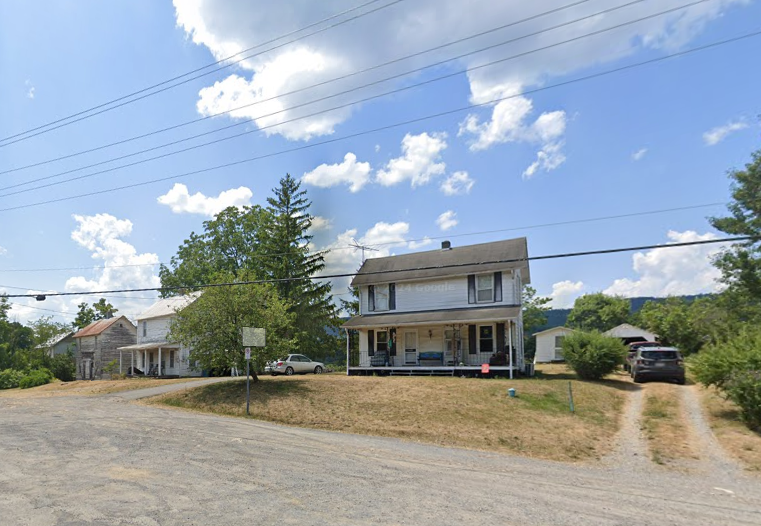
Lost City lives up to its name, offering a secluded retreat with a population of just a few hundred residents. The area is enveloped by the majestic George Washington National Forest, making it a paradise for outdoor lovers like me.
Activities here include hiking, camping, and exploring the abundant wildlife that calls this area home. The mainstay industries are small-scale agriculture and tourism centered around natural attractions.
What sets Lost City apart is its remote setting and the lack of commercialization, allowing for an authentic and undisturbed connection with nature.
Where is Lost City?
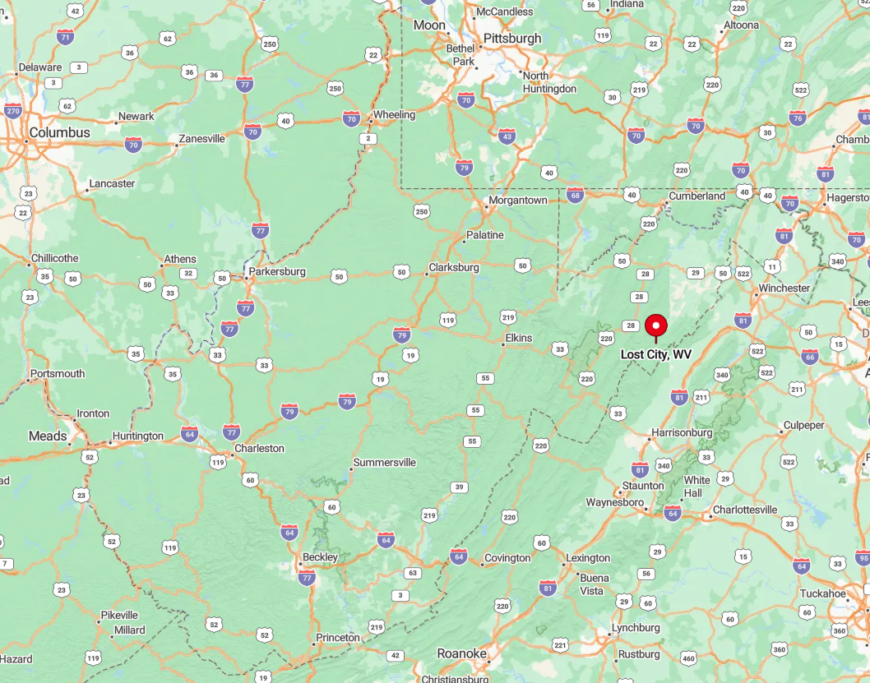
Located in Hardy County, Lost City is tucked away off West Virginia Route 259. Its seclusion is amplified by the dense forests and mountainous terrain that surround the area.
Accessing Lost City requires navigating winding country roads that offer stunning vistas but little in the way of urban development.
I appreciate how this remoteness provides a true escape from the fast-paced world, making Lost City a perfect destination for those seeking solitude.
7. Bloomery: Rustic Charm Away from City Lights
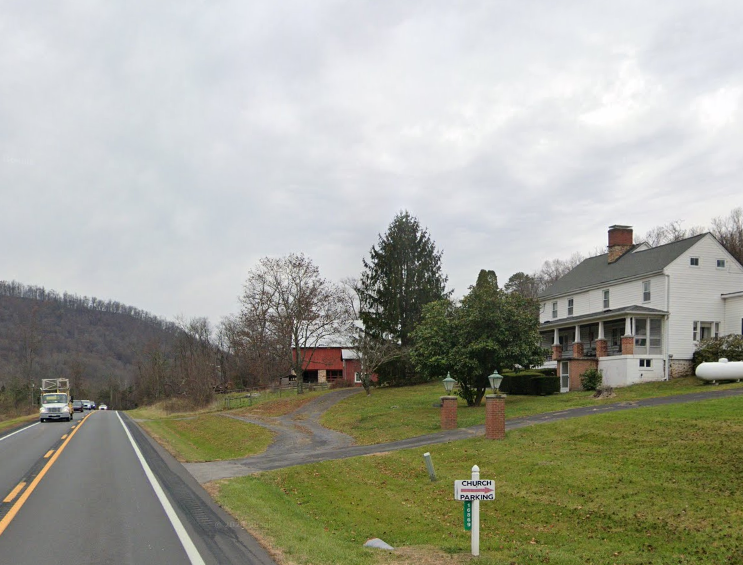
Bloomery is a small, unincorporated community with a population of under 500 people. I find its rustic charm irresistible, with rolling hills and open spaces providing a tranquil setting. The area is ideal for horseback riding, hiking, and enjoying the simplicity of rural life.
Local industries are primarily agricultural, with farms and orchards playing a significant role in the community’s way of life. Bloomery’s seclusion is due to its remote location and sparse population, allowing residents and visitors alike to relish in the quiet and slow pace.
Where is Bloomery?
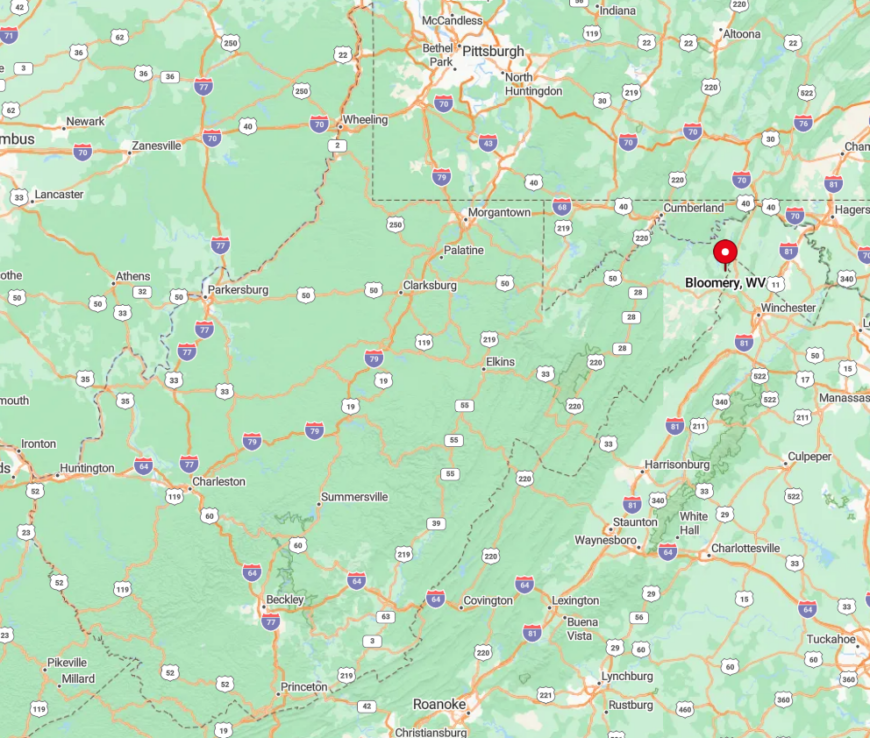
Situated in Hampshire County near the border with Virginia, Bloomery is accessed via West Virginia Route 127. The town’s secluded nature comes from its distance from major highways and urban centers, nestled within the Appalachian foothills.
Getting to Bloomery involves driving through serene landscapes and historic small towns. I always enjoy the journey, as it’s a reminder of the peaceful retreat that awaits in this hidden gem.
6. Yellow Spring: Along the Quiet Banks of the Cacapon River
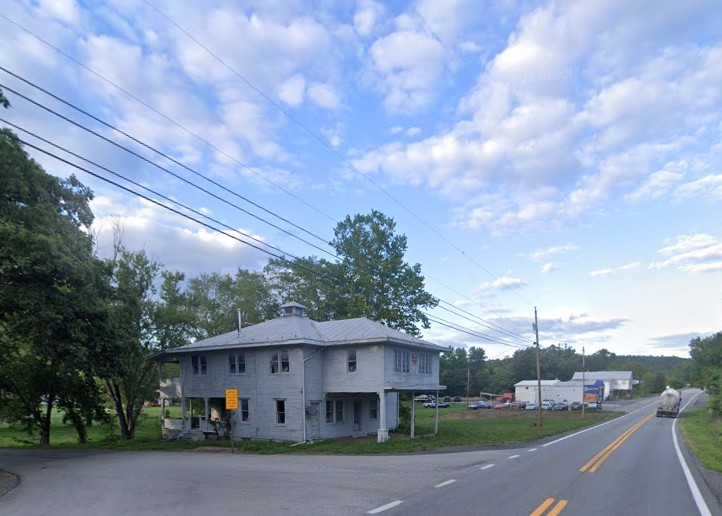
Yellow Spring is a tiny community with a population of around 200. The town’s namesake, the Yellow Spring, is a natural wonder that adds to the area’s charm. I love spending time by the Cacapon River, which offers opportunities for fishing, kayaking, and swimming in the warmer months.
The main industries here are modest and revolve around local artisans and small businesses catering to visitors seeking relaxation. Yellow Spring’s seclusion is enhanced by its lush greenery and the gentle sounds of the river, creating a peaceful ambiance that’s hard to match.
Where is Yellow Spring?
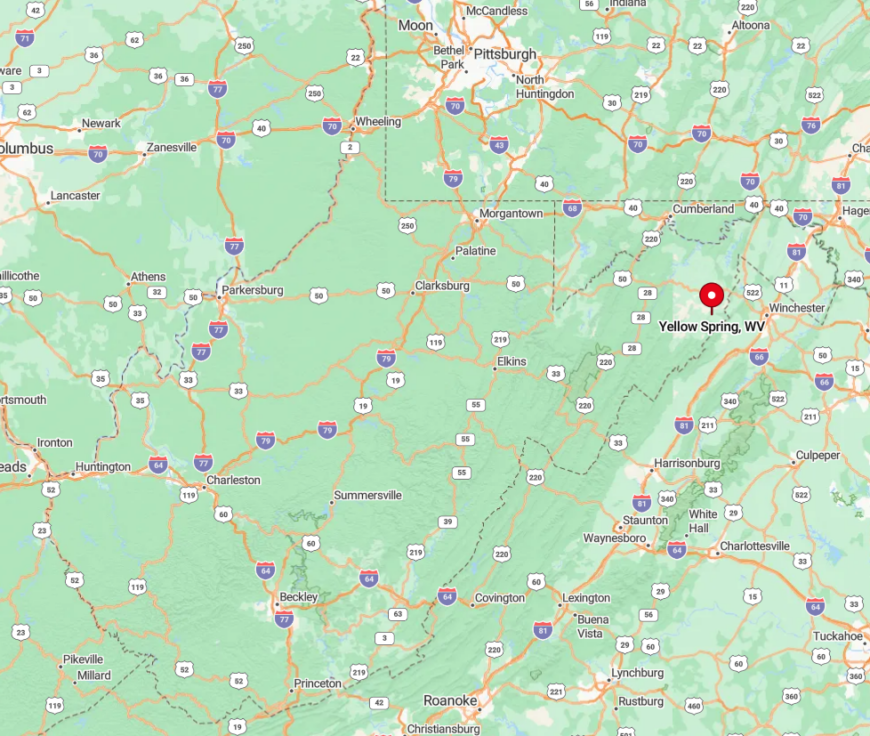
Located in Hampshire County along West Virginia Route 259, Yellow Spring is nestled between forested hills and the meandering Cacapon River. Its remote setting is due to limited development and its distance from major towns.
Traveling to Yellow Spring means winding through scenic backroads, which I find both calming and beautiful. The town’s isolation ensures that it remains a serene getaway for those looking to unwind.
5. Mathias: Seclusion in the Heart of Hardy County

Mathias is a small rural community with a population of approximately 600 residents. The area is known for its picturesque landscapes, including Lost River State Park, which offers hiking trails, horseback riding, and historical sites.
Many locals are involved in farming and forestry, contributing to the town’s rustic appeal. What makes Mathias secluded is its vast acres of untouched scenery, providing privacy and a strong connection to nature.
I appreciate how the community embraces a slower pace of life, free from the distractions of urban environments.
Where is Mathias?
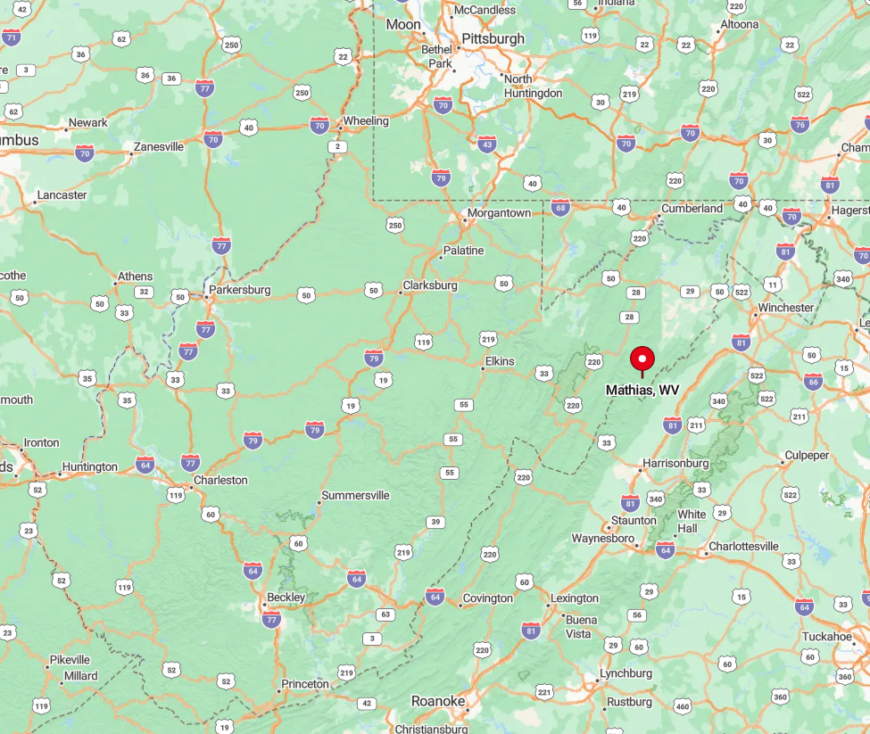
Situated along West Virginia Route 259 in Hardy County, Mathias is surrounded by rolling mountains and dense woodlands. Its seclusion is due in part to the natural barriers created by the landscape, which limit through traffic and urban sprawl.
Getting to Mathias involves traveling through scenic routes that highlight the area’s natural beauty. I find the journey enriching, as it perfectly sets the stage for the tranquility that defines Mathias.
4. Delray: Serenity Among the Appalachian Foothills

Delray is a peaceful community with a population of around 400. The town offers access to unspoiled natural landscapes, making it ideal for hiking, wildlife viewing, and photography.
There aren’t significant industries here, which contributes to its quiet atmosphere—most residents are retirees or commute to nearby towns for work.
Delray’s seclusion is a result of its location among the Appalachian foothills, providing residents with ample privacy and a deep sense of tranquility. I find that the absence of commercial development adds to its charm.
Where is Delray?
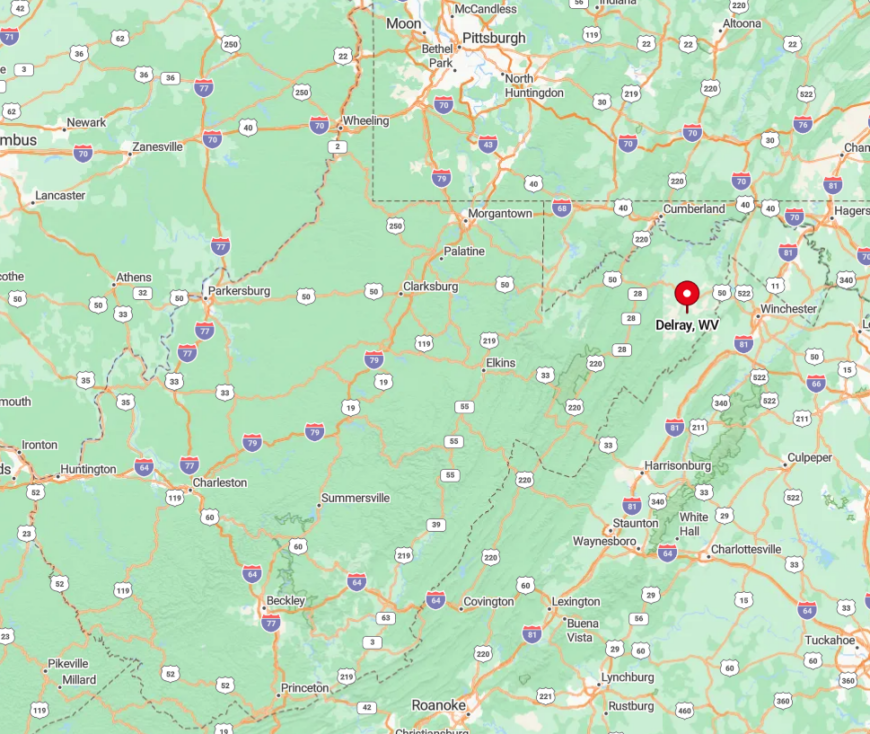
Located in Hampshire County along West Virginia Route 29, Delray is nestled between forested ridges and open valleys. Its remote setting keeps it off the beaten path, away from the noise and congestion of larger towns.
To reach Delray, you’ll drive through pastoral landscapes and winding roads that showcase the region’s natural beauty. I always feel a sense of calm as I approach, knowing that a peaceful retreat awaits.
3. Capon Springs: Historic Resort Off the Beaten Path

Capon Springs is a small community with a population of just over 100, known for its historic resort and spring-fed waters. The Capon Springs and Farms resort offers a range of activities like golf, spa treatments, and hiking, all set within a charming 19th-century setting.
The main industry here revolves around the resort itself, which has been family-owned and operated for generations. What makes Capon Springs secluded is its tucked-away location and the preservation of its natural environment, giving visitors and residents an oasis of relaxation.
I enjoy the timeless feel of the place, which seems untouched by the passage of time.
Where is Capon Springs?
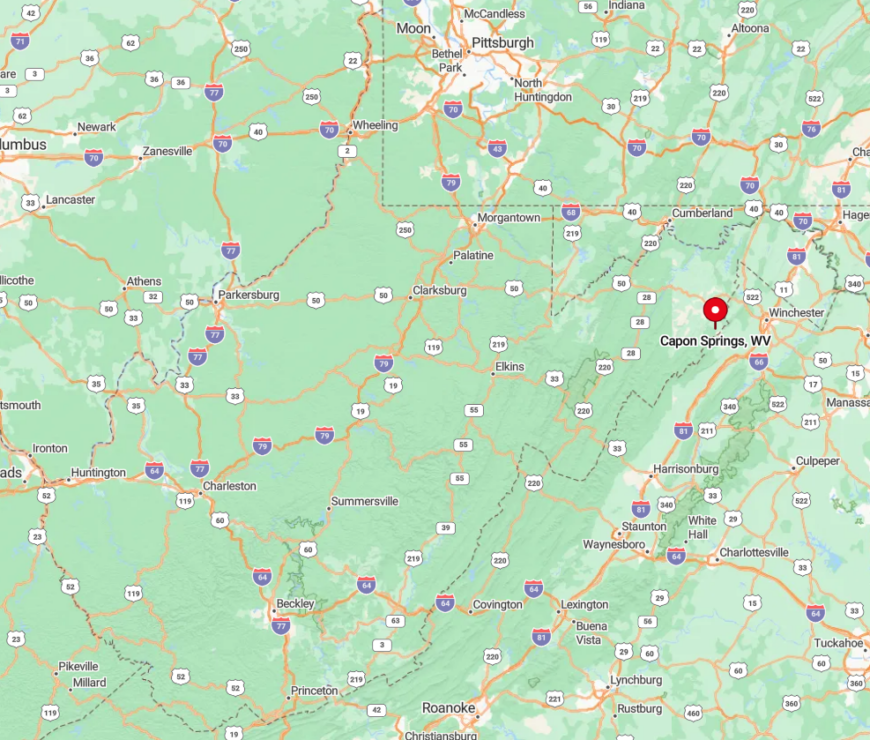
Situated in Hampshire County, Capon Springs is accessible via Capon Springs Road off West Virginia Route 259. Its seclusion comes from being nestled in a valley surrounded by forested hills, with little to no through traffic.
Getting there involves a drive through scenic countryside, which I find enhances the sense of getting away from it all. The town’s isolation contributes to its peaceful atmosphere, making it an ideal spot for rest and rejuvenation.
2. High View: Tranquil Vistas and Open Skies

High View is a small community of approximately 750 residents, perched atop rolling hills that offer stunning vistas. I love the expansive acreages here, providing plenty of space for outdoor activities like hiking, horseback riding, and stargazing without the intrusion of city lights.
Industries are minimal, mostly consisting of agriculture and small local businesses. The town’s seclusion is due to its elevation and the vast open spaces that separate it from larger towns, creating a private retreat for those who appreciate nature’s beauty.
Where is High View?

Located on the border of Hampshire and Frederick counties along West Virginia Route 259, High View sits at a higher elevation, contributing to its name and its seclusion. The town is distant from major highways and urban centers, with access provided by scenic mountain roads.
I always find the drive to High View refreshing, as it offers panoramic views and a sense of ascending into a peaceful haven. The remoteness ensures that the tranquility of the community remains undisturbed.
1. Lost River: A Hidden Gem Nestled in the Mountains
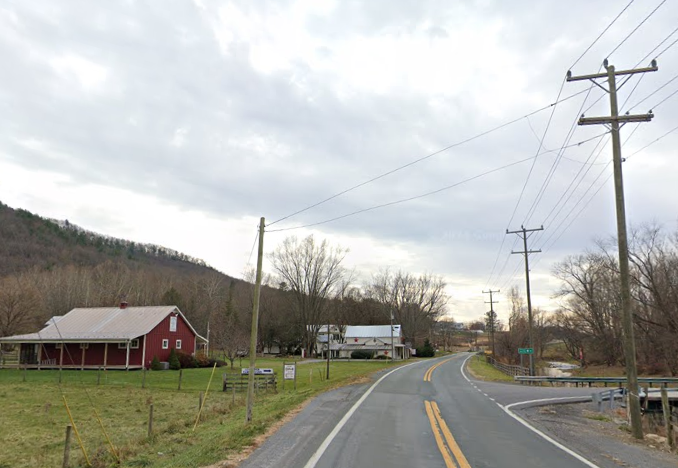
Lost River is a quaint community with a population of around 500. Surrounded by dense forests and rolling hills, it’s a place where I feel truly connected to nature.
The area offers numerous outdoor activities, including hiking in the Lost River State Park, fishing, and exploring local artisan shops and galleries. The main industries here are tourism and small-scale farming, contributing to its serene landscapes and peaceful escape from urban life.
Lost River’s seclusion is enhanced by the fact that there are no major highways nearby, allowing the natural environment to thrive undisturbed.
Where is Lost River?
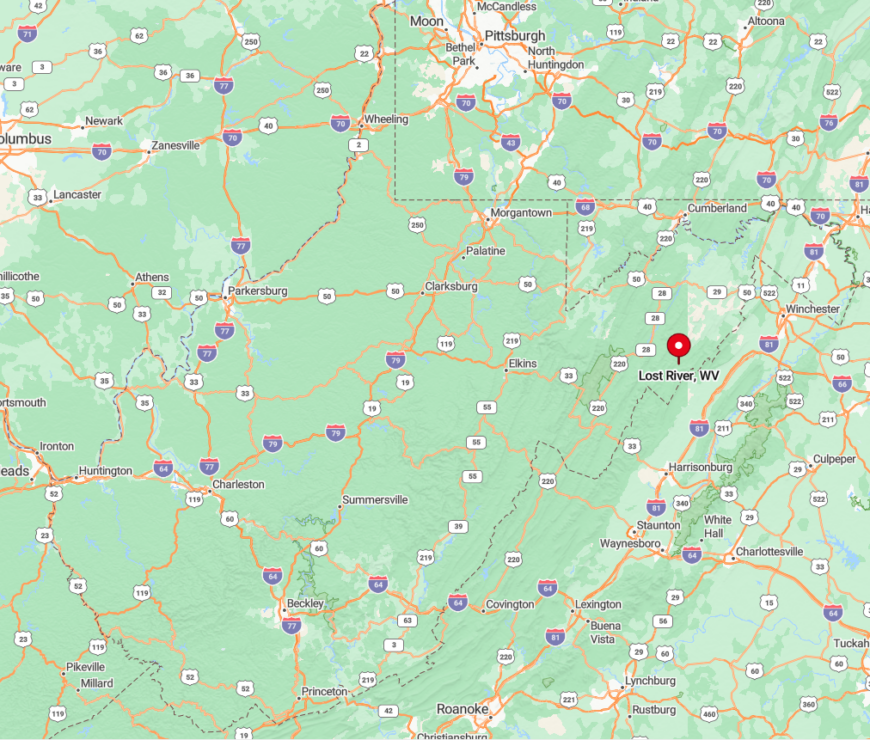
Nestled in Hardy County, Lost River is accessible via West Virginia Route 259 but remains off the beaten path. The town is enveloped by the George Washington National Forest, which adds to its isolation and beauty.
Reaching Lost River involves a scenic drive through mountainous terrain, often with glimpses of wildlife along the way. I find that this journey, away from the noise and stress of city life, makes Lost River a true hidden gem worth discovering.

